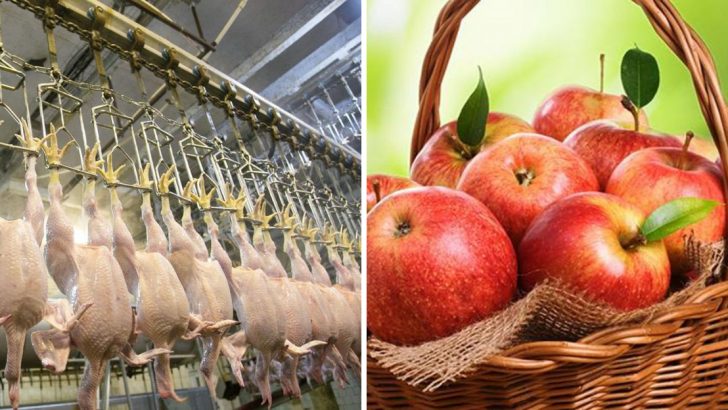The food industry is out here playing Grand Theft Auto: Supermarket Edition—sneaking in additives so sketchy, they’re banned in entire countries.
Meanwhile, a few innocent snacks wandered in like, “Wait, you guys are putting WHAT in food?” Time to raid the evidence locker. (No food was arrested in the making of this list… but maybe it should’ve been.)
1. Artificially Colored Cereals
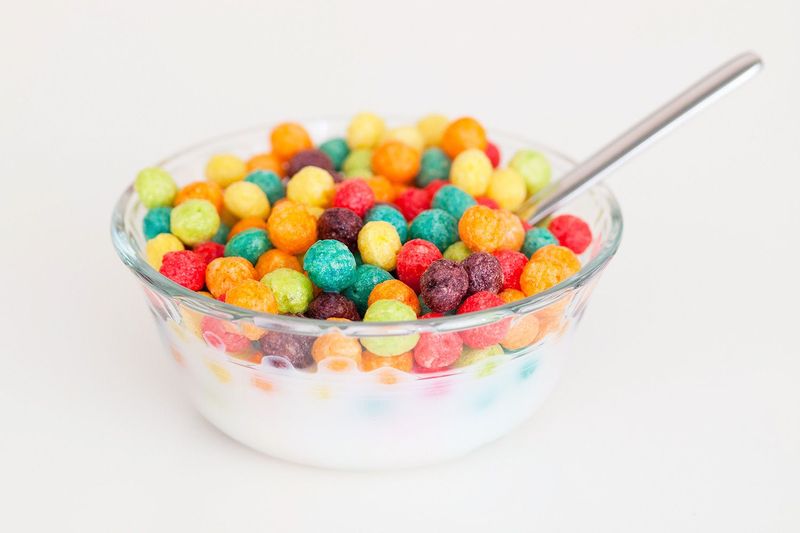
Holy rainbow explosion! Many breakfast cereals marketed to kids contain artificial food dyes like Red 40 and Yellow 6, banned in several European countries due to links with hyperactivity in children.
What’s wild is manufacturers often use natural colorings in these same products when selling overseas! Next time you’re cruising the cereal aisle, flip that box and check for those numbered dyes.
2. Bread With Azodicarbonamide
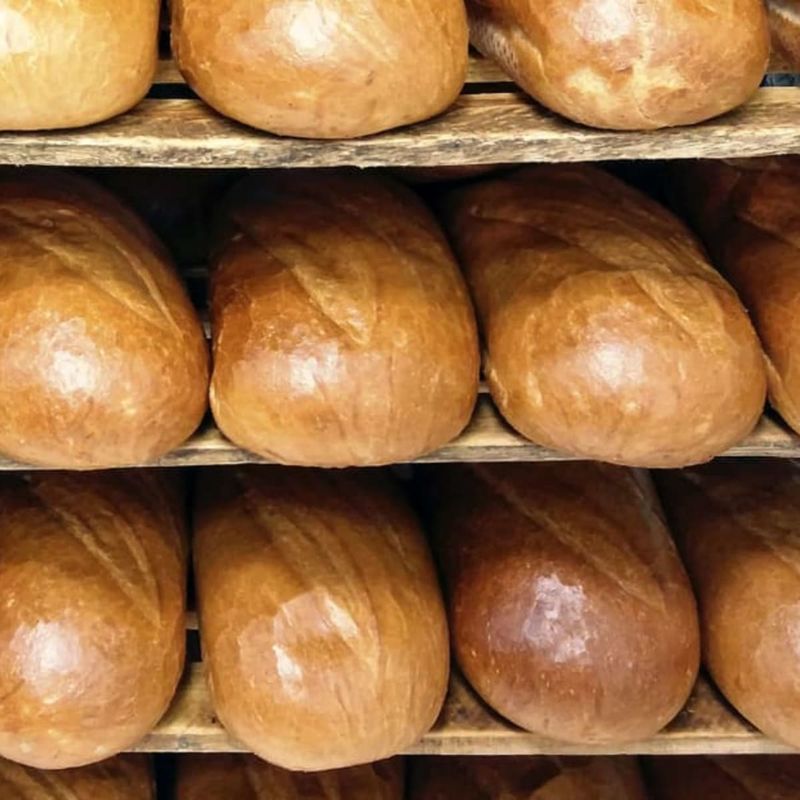
Sandwich lovers, hold onto your lunch bags! Azodicarbonamide, a flour bleaching agent banned in Europe and Australia, lurks in many commercial bread brands. Bizarrely, this same chemical appears in yoga mats and sneaker soles!
Though manufacturers claim it improves texture, countries have banned it due to respiratory issues and potential links to asthma. Check those ingredient lists before your next PB&J!
3. Mountain Dew And BVO
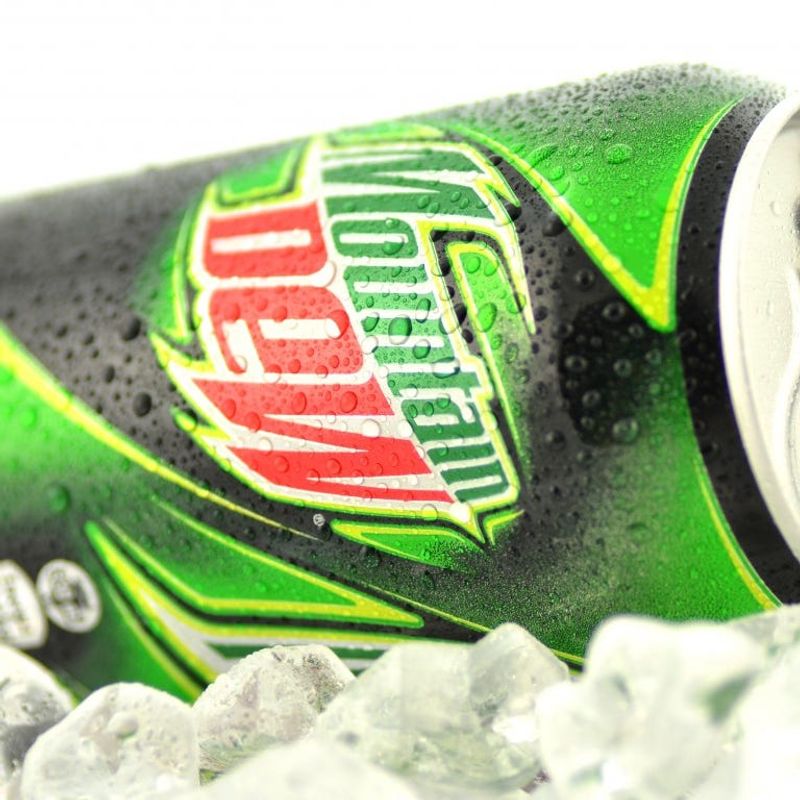
If you’re a Mountain Dew fanatic, brace yourself! Brominated vegetable oil (BVO), banned in Japan and Europe, has been used in this neon nectar to keep the citrus flavoring from separating.
Where things get freaky is that BVO contains bromine, an element also found in flame retardants! Although PepsiCo has phased it out of some products, always check those labels when grabbing your citrus soda fix.
4. Farm-Raised Salmon With Artificial Coloring
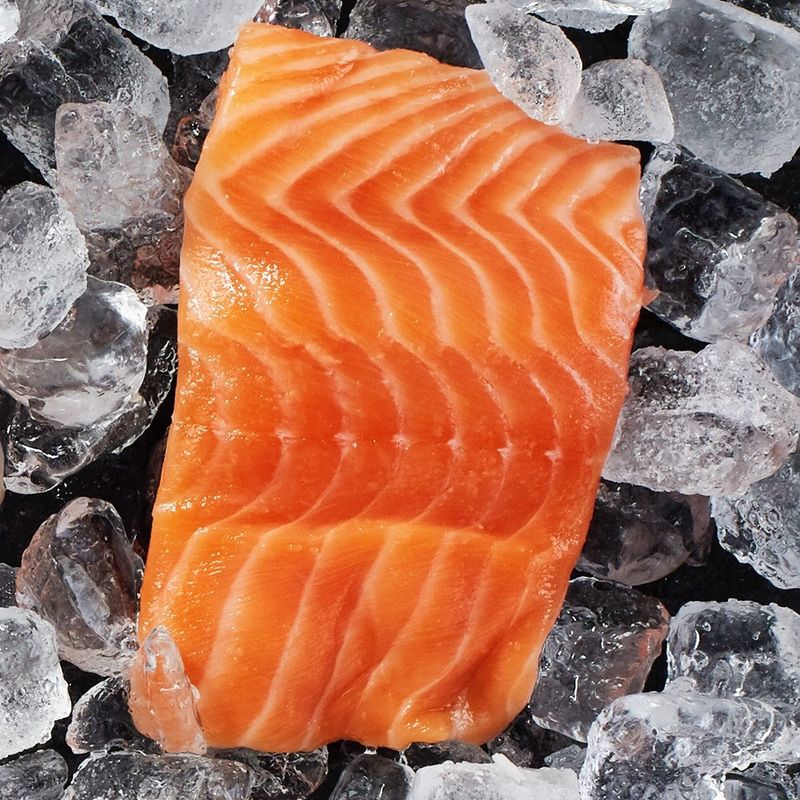
Salmon shouldn’t need makeup, yet farm-raised varieties often contain artificial colors like astaxanthin to give them that Instagram-worthy pink hue! Without these dyes, the fish would appear grayish – not exactly appetizing!
Though banned in Australia and New Zealand, these colorings keep swimming through American markets. Wanna avoid the fake stuff? Wild-caught salmon naturally obtains its color from its diet of krill.
5. Kraft Mac & Cheese’s Former Yellow Dyes
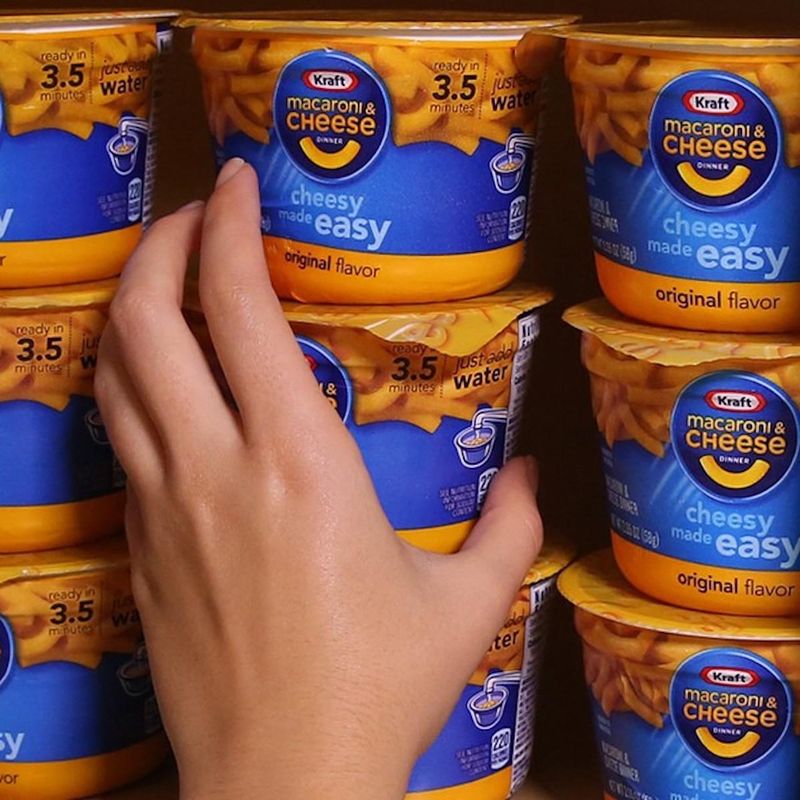
Remember when Kraft Mac & Cheese glowed like a traffic cone? Those artificial yellow dyes (Yellow 5 and 6) that gave the classic comfort food its signature hue are banned in parts of Europe due to hyperactivity concerns in kiddos.
Facing consumer pressure, Kraft eventually switched to natural paprika and turmeric in 2016. The company’s European versions had already been using natural alternatives for years! Talk about a cheesy double standard.
6. Chicken Treated With Chlorine

Chicken getting a pool-style chlorine bath? You betcha! In the US, poultry is often washed in chlorinated water to kill bacteria, a practice banned across the European Union since 1997.
Yikes! The EU argues this practice allows for lower hygiene standards during processing. Instead of relying on chemical baths, they focus on preventing contamination throughout the entire farm-to-table process. Consider buying organic or antibiotic-free chicken next shopping trip!
7. Dairy With rBGH/rBST Hormones

Got milk? Got hormones? Recombinant bovine growth hormone (rBGH) pumps up milk production in cows but has been shown the door in Canada, Australia, New Zealand, Japan, Israel, and the entire European Union!
Why the ban? Concerns about increased IGF-1 levels in milk and potential health effects on humans. Many US dairies have voluntarily stopped using it, but unless labeled “rBGH-free,” your milk might still contain this controversial additive.
8. Gatorade’s Brominated Vegetable Oil

Guzzling Gatorade after your workout? Until recently, many flavors contained brominated vegetable oil (BVO) – the same controversial ingredient found in some citrus sodas and banned in over 100 countries!
How bizarre is it that this emulsifier contains bromine, an element used in flame retardants? After consumer outcry, PepsiCo removed it from Gatorade in 2013, replacing it with sucrose acetate isobutyrate, but it’s worth checking labels on similar sports drinks!
9. Processed Meats With Nitrates/Nitrites
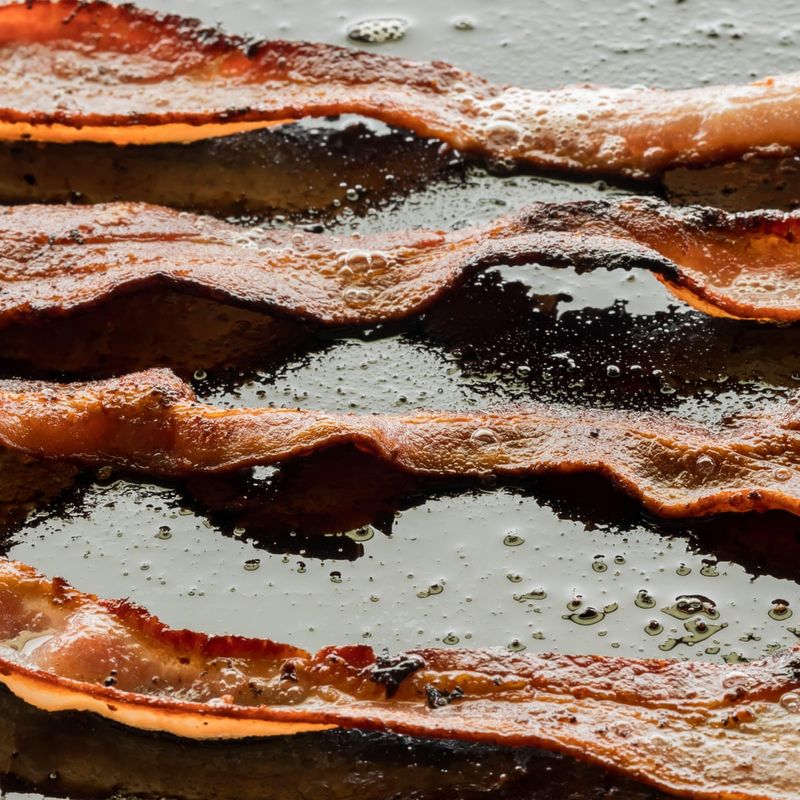
Bacon lovers, this might hurt worse than sizzling grease pops! Those delicious processed meats often contain sodium nitrite and sodium nitrate as preservatives, which are heavily restricted in many European countries.
When cooked at high temperatures, these compounds can form nitrosamines – potential carcinogens that have health experts concerned. Don’t panic! Look for uncured versions made without added nitrates/nitrites, or those using natural preservatives like celery powder instead.
10. Skittles With Titanium Dioxide
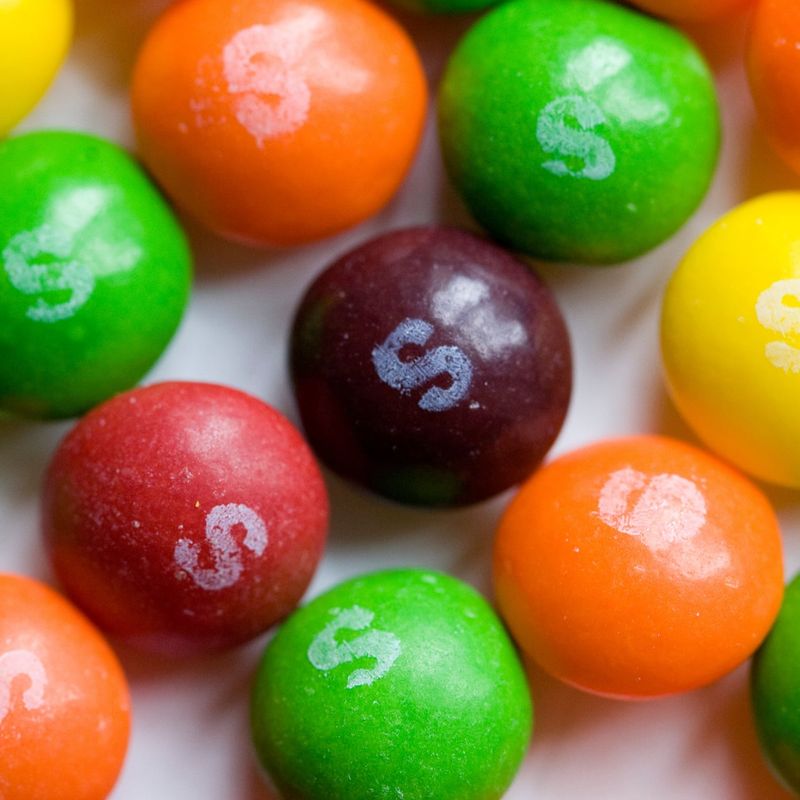
Taste the rainbow? More like taste the titanium dioxide! This color additive gives Skittles their vibrant appearance but has been banned in the European Union as of 2022 due to potential DNA damage concerns.
Would you believe this same compound is used in paint, sunscreen, and cosmetics? Mars (the company, not the planet) faced lawsuits over this ingredient yet continues using it in US products. Perhaps it’s time to find your color fix from naturally-dyed treats!
11. Doritos And Potassium Bromate
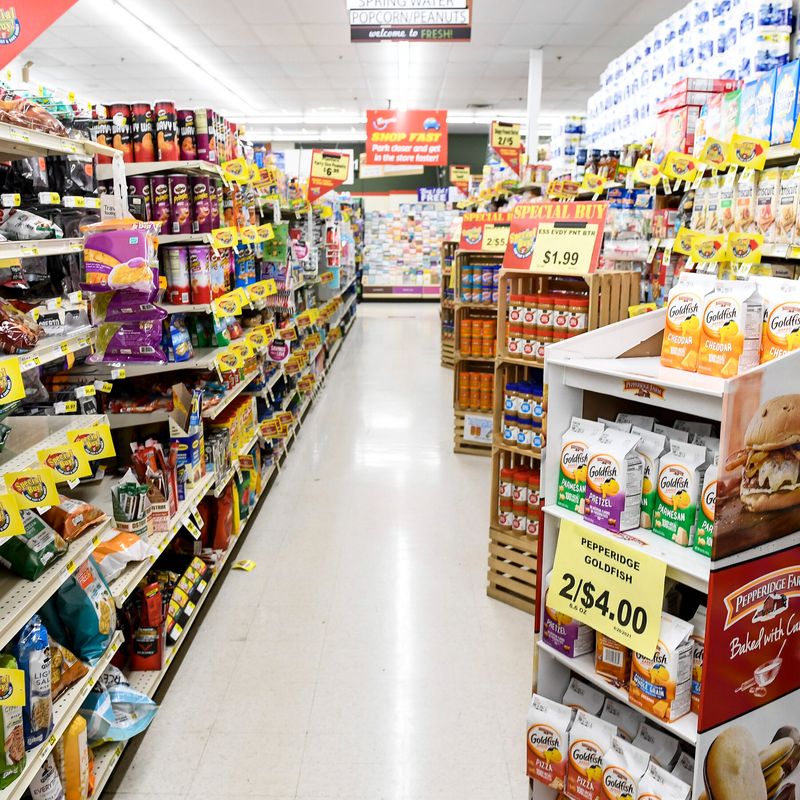
Craving those triangular cheese bombs? Some Doritos varieties contain potassium bromate, a flour-improving additive banned in China, Brazil, Canada, European Union, and the UK due to potential cancer links!
What’s the deal? This chemical helps create that perfect crunchy texture, but when baked, may form compounds linked to thyroid and kidney tumors in lab animals. Many US bakeries and snack manufacturers still use it, though some brands have voluntarily phased it out.
12. Fruit Drinks With High Fructose Corn Syrup
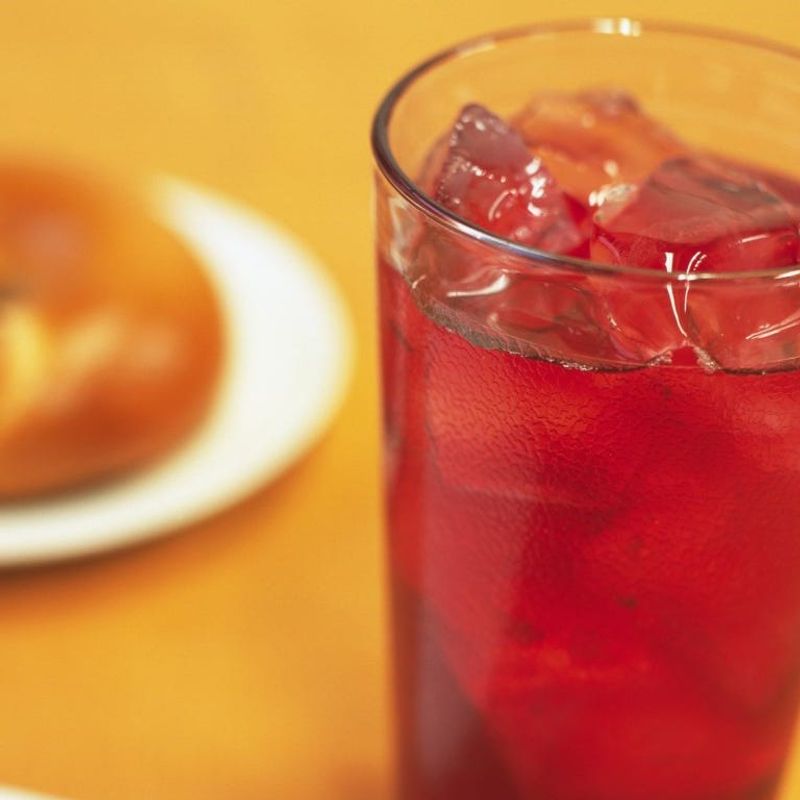
Sipping on that fruity beverage? High fructose corn syrup (HFCS) lurks in many American juice drinks and sodas, while being restricted or regulated in parts of Europe, where manufacturers must use different sweeteners.
Though not technically banned overseas, stricter regulations and consumer resistance have kept HFCS out of many European products. Studies link excessive HFCS consumption to obesity, diabetes, and heart issues. Check those labels and consider drinks sweetened with actual fruit juice instead!
13. Fresh Organic Apples
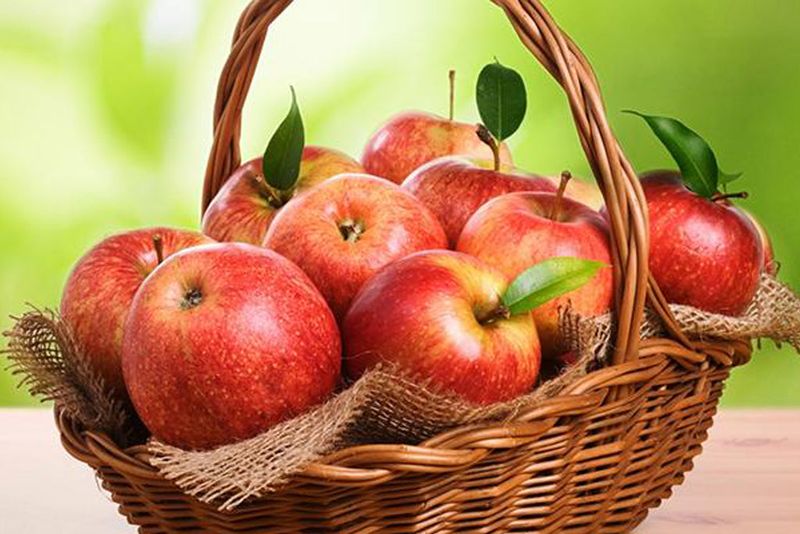
Hallelujah for honest-to-goodness apples! Unlike their conventional counterparts, organic apples grow without synthetic pesticides, herbicides, or fungicides that might leave residues.
No weird wax coatings containing questionable additives here! Just pure, crunchy goodness the way nature intended. While they might sport the occasional blemish or irregular shape, these imperfections actually prove their authentic, additive-free status. Grab these gems for worry-free munching!
14. Pure Maple Syrup
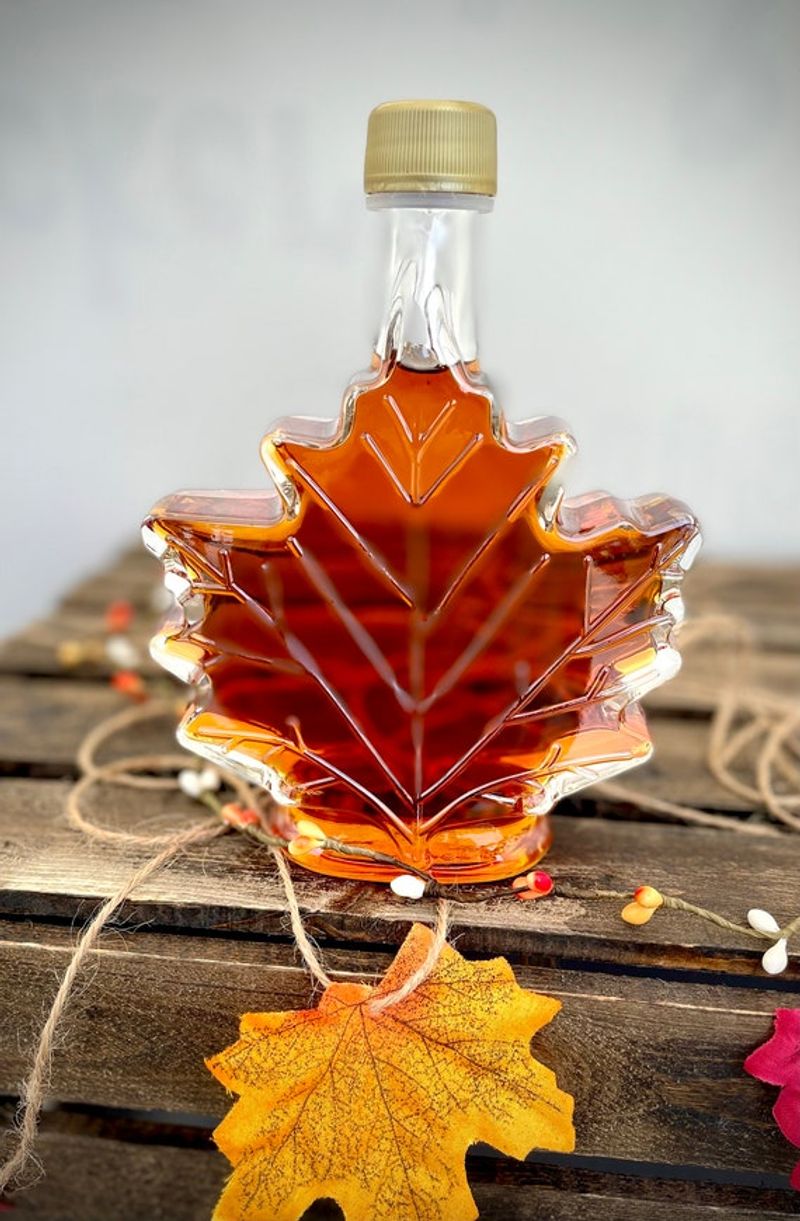
Pancake enthusiasts, rejoice! Pure maple syrup contains exactly one ingredient – sap from maple trees that’s been boiled down to sweet, amber perfection. No high fructose corn syrup, artificial flavors, or preservatives needed!
Unlike those “breakfast syrups” with questionable ingredient lists longer than your grocery receipt, real maple syrup offers natural sweetness with beneficial minerals like manganese and zinc. Though pricier than imitations, this liquid gold delivers clean sweetness worth every penny!
15. Locally Harvested Honey
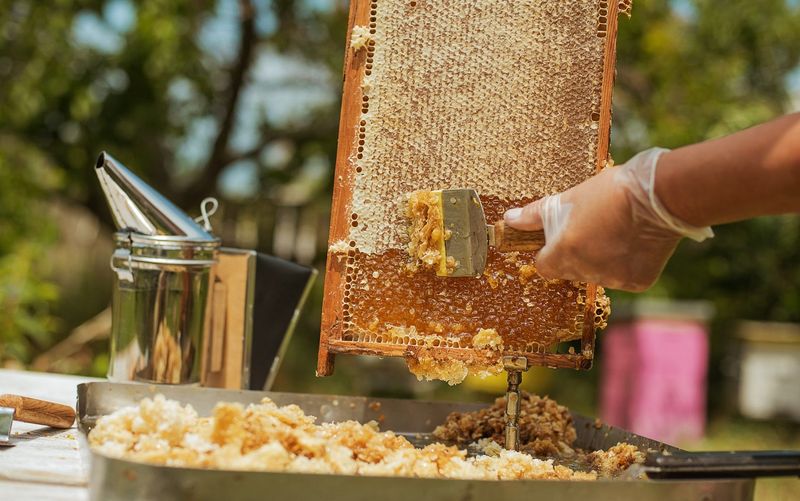
Buzz-worthy news! Raw, local honey contains no artificial additives, just the amazing work of bees transforming flower nectar into liquid gold. Unlike some commercial varieties that may be ultra-filtered or cut with corn syrup, genuine local honey keeps all its natural enzymes and pollen.
What’s the sweet deal? These natural components may actually help with seasonal allergies! Farmers markets and local apiaries offer the purest options, often harvested within miles of where you live. Support your local beekeepers!
16. Dried Beans And Legumes
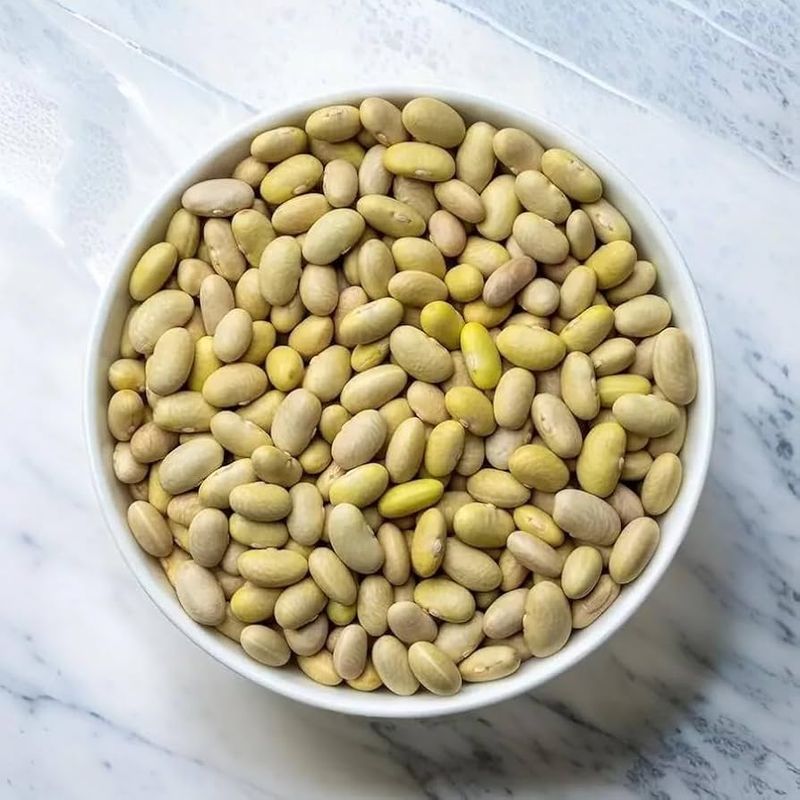
Bean there, done that with processed foods? Dried beans and legumes stand as nutritional powerhouses completely free from additives, preservatives, or artificial ingredients. Just pure plant protein waiting to be soaked and cooked!
Unlike their canned cousins that might contain salt, preservatives, or BPA-lined containers, these humble kitchen staples offer clean nutrition at pennies per serving. Stock up on these shelf-stable gems for soups, salads, and protein-packed meals without chemical concerns!

